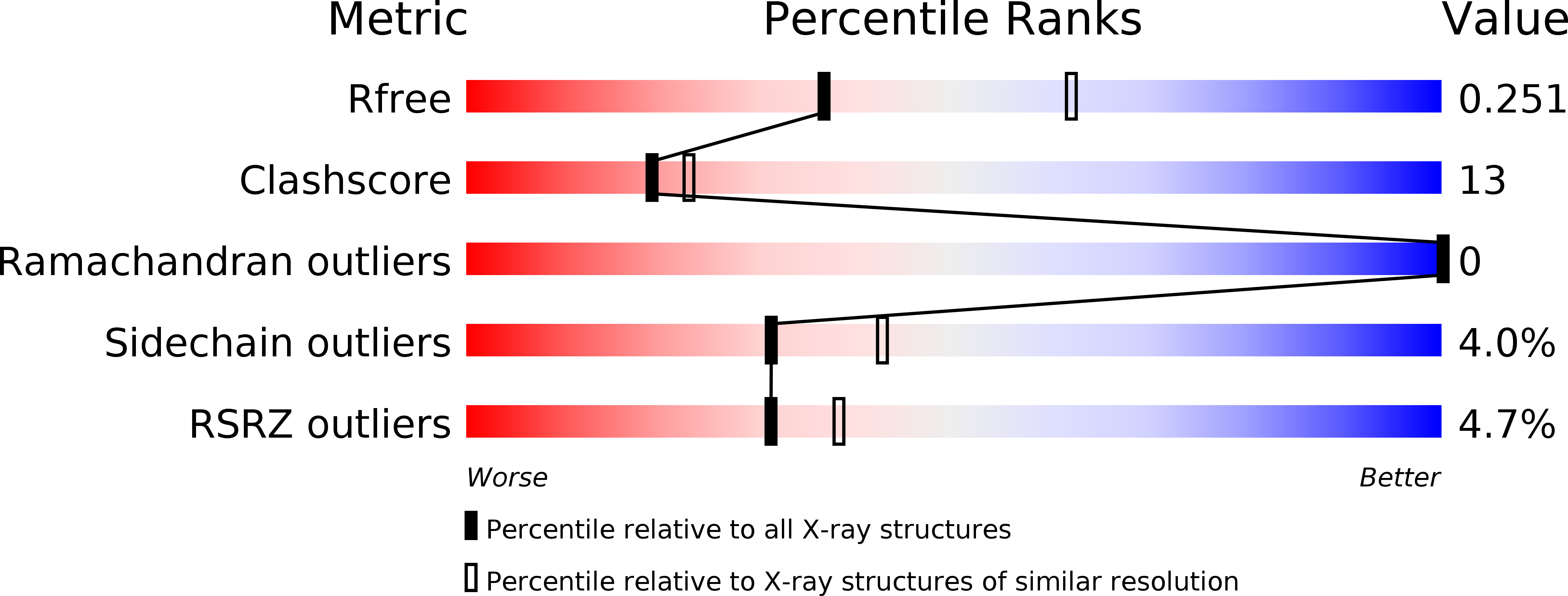
Deposition Date
2003-04-19
Release Date
2003-08-05
Last Version Date
2023-10-25
Method Details:
Experimental Method:
Resolution:
2.54 Å
R-Value Free:
0.25
R-Value Work:
0.22
R-Value Observed:
0.22
Space Group:
F 4 3 2


